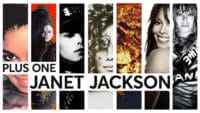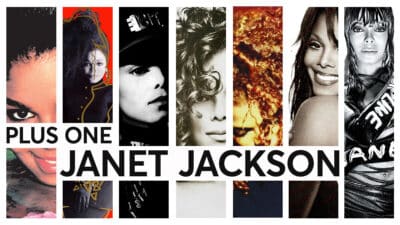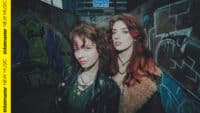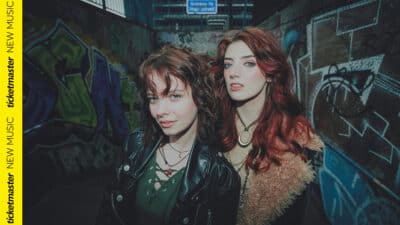Interview
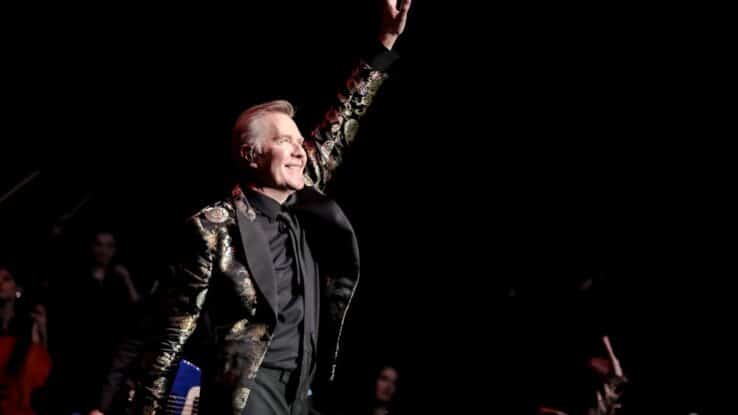
Showstoppers
ABC’s Martin Fry on making ‘The Look Of Love’
The new wave stalwart breaks down one of the era's biggest hits
By 1982, the sparkling lights of disco’s glory days had faded, while the all-encompassing new wave had begun dominating the charts. That same year, ABC – a buzzy new band from Sheffield – were getting ready to release their debut album, which would become one of this new genre’s finest exports. Though they weren’t ready to let go of the past altogether.
“Disco had had a pretty bad press for a couple of years,” explains the group’s vocalist and ringleader Martin Fry. “But bands like ourselves, Duran Duran, Spandau Ballet, Funkapolitan, Haircut 100… there were bands, really young bands, wanting to bring a bit of the old disco flavour back in. A renaissance. I love Roxy Music, but I love CHIC as well you know, and Sister Sledge and Earth Wind and Fire, and so we were trying to mix those two worlds.”
ABC’s debut album, Lexicon Of Love, was released in June 1982 and entered the UK charts at No.1. Its lead single, ‘Tears Are Not Enough’, had done pretty well the previous year, making it on to NME‘s Tracks of the Year. The follow-up, ‘Poison Arrow’, did even better.
But it was the third single, ‘The Look Of Love, Pt.1’, that really turned ABC into an international phenomenon, reaching the Top 10 in the UK, Europe and North America. “We’d had a big hit with ‘Poison Arrow’,” Fry reflects, “and it had kind of caught the public consciousness. We were kind of on a roll. We were feeling good, kind of like embryonic pop stars, if you know what I mean? We were getting used to that whole world. So when it came to ‘The Look Of Love’, it kind of unfolded really beautifully.”
Fry – along with then band members David Palmer, Stephen Singleton and Mark White – recorded most of the album at Brick Lane’s Sarm East Studios, where seven years earlier Queen had recorded much of ‘Bohemian Rhapsody’. But tracking for ‘The Look Of Love, Pt.1’ took place in Soho at Tony Visconti’s Good Earth Studio. During these sessions David Bowie popped in to visit Visconti, and ended up sitting in to listen to the band’s work.
“You have to imagine, that was totally surreal,” says Fry. “We were hitchhiking down from Sheffield to make the record as big fans of Bowie, and there he was, sprinkling his magic on our record, saying ‘try this’ or ‘I like that horn part’ or ‘have you thought about doing it this way?’
“I always remember in the middle of the record there was a big space, and he said it would be a great idea if I kept putting answering machine messages down, because people had answering machines back then. So in the end, I just did a little speech.”
For all of its punchy percussion, chirpy melodies and debonair orchestration, ‘The Look Of Love, Pt.1’ is a classic gut-punch break-up song that finds its protagonist down on love – and not for the first time. “It’s about getting up from the canvas when you’re feeling low.” he says.
Playing with different vocals styles that come from all angles helps the listener to imagine all the kinds of voices we face in these moments; be that our own, our ex’s or just our friends piping up with their opinions: “They say, ‘Martin, maybe one day you’ll find true love.’”
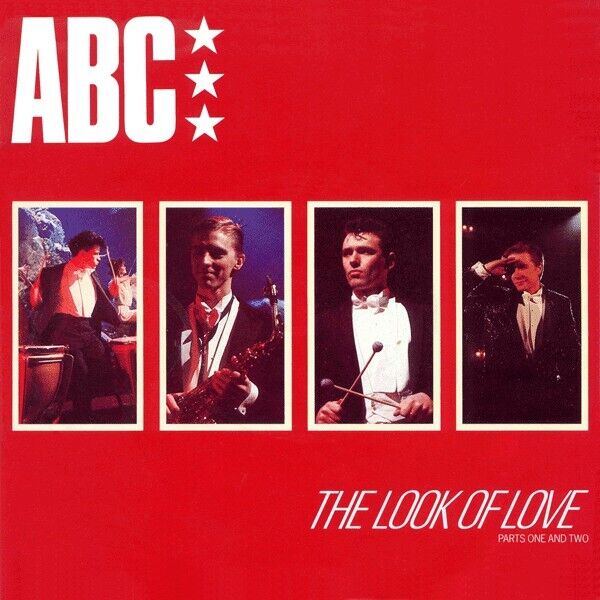
There’s also a moment in the second verse where we hear a woman say “Goodbye”, and the story goes that Fry persuaded the real ex in question to record a line for the song. The song’s producer, Trevor Horn, may have been the one peddling this rumour, telling Sound On Sound “If you’re gonna do things like that, I just think you’ve got to kind of make them real.” But is it true?
“Now that’s an urban myth,” Fry says. “A great story, but no.” Instead, the chances are that the story has been conflated with the fact that engineer Gary Langan’s ex-girlfriend did provide the spoken word section of ‘Poison Arrow’.
The song’s tonal juxtaposition – its ability to make the listener dance or cry depending on their mood – was its driving force, Fry maintains. “At the time, people were writing songs about very cold subjects, like the modern age of electric pylons. I thought it would be a great idea to do something really emotional, like a Frank Sinatra record in in a modern pop song.
“We wanted to ramp it up and have a really high emotional content and also be like a mini opera. So it peaks. Our stuff never just faded out – people used to put a fade on records, three and a half minutes of pop on the radio, and it would fade off. With ours, we wanted it to kind of reach this mad conclusion, this climax, and then explode.”
But for all its emotional intensity, the song’s amped-up playfulness remains intact. “There’s something a bit comical about it, you know? It does raise a smile, and that was a big part of the tradition.”
A huge factor in this “mischievous fun” as Fry puts it, is its music video. “What do you make of it?” he asks, “because I look at it 40 years on and I question some of it…” With “strange arrangements” including a flying nun, an alpine horn blower and an electric plug in a bowl of spaghetti, the Brian Grant-directed video was a jolly psychedelic scramble at odds with the slick aesthetic of new wave.
“Somebody sent us a script saying that the opening scene would be a lizard with a diamond bracelet around its ankle” he says. “We kind of thought that was a bit pretentious. It would probably make a great video, but it was a bit Ridley Scott on a shoestring. So we went in the opposite direction. We said to the guys, ‘Could you make it like Benny Hill? Can you make it a bit like Mary Poppins and An American In Paris?’”
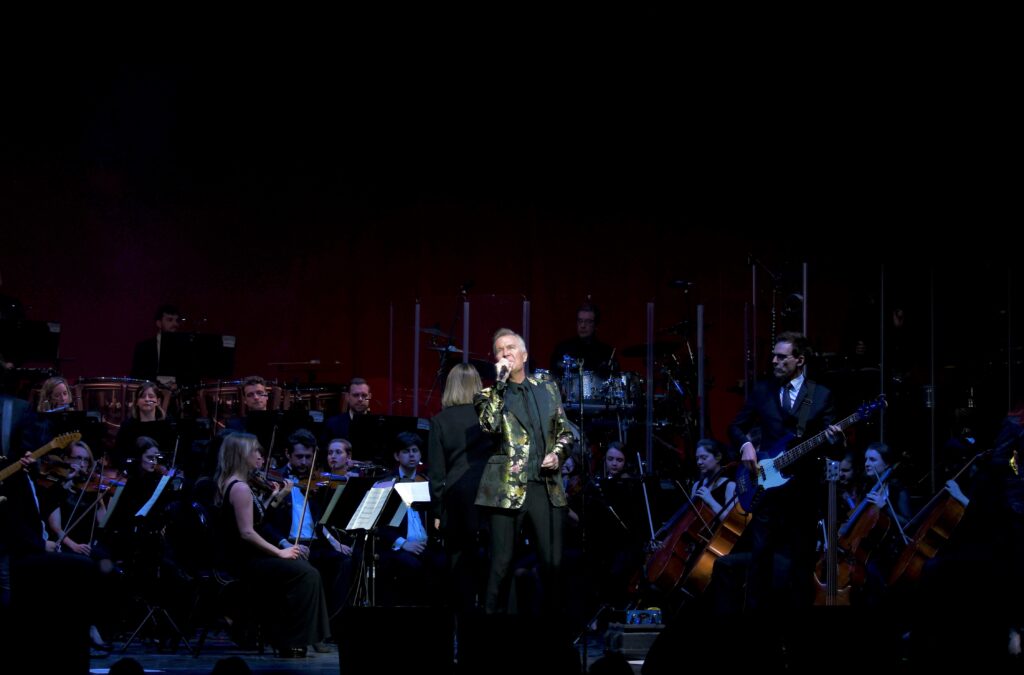
Both song and video were a hit in the US. Audiences watching on MTV “must have just thought it was British eccentricity,” laughs Fry. Stateside, a dub version of the track also became a hit in its own right – ‘The Look Of Love, Pt.5’ – as well as an orchestral reimagining. “We didn’t want to leave any part of the marketplace untouched. We were very ambitious!”
In later years, Fry’s taste of string accompaniments has evolved onto the stage, as he performs ABC’s hits with the backing of the Southbank Sinfonia. After the 40th anniversary of Lexicon Of Love in 2022, ABC and the orchestra prepare to relive the record in its entirety across the UK.
“Whenever I sing it, there’s a bit of an ad lib at the end of the song, ‘Yippie aiy yippee yaye’. Sometimes there are 20 or 30,000 people singing that back at me… Who would have thought that?”




